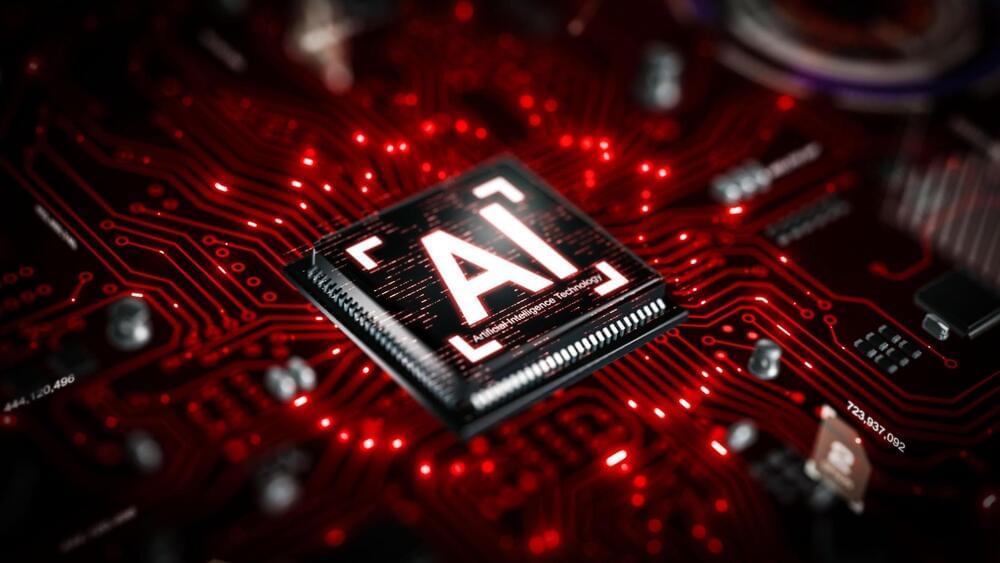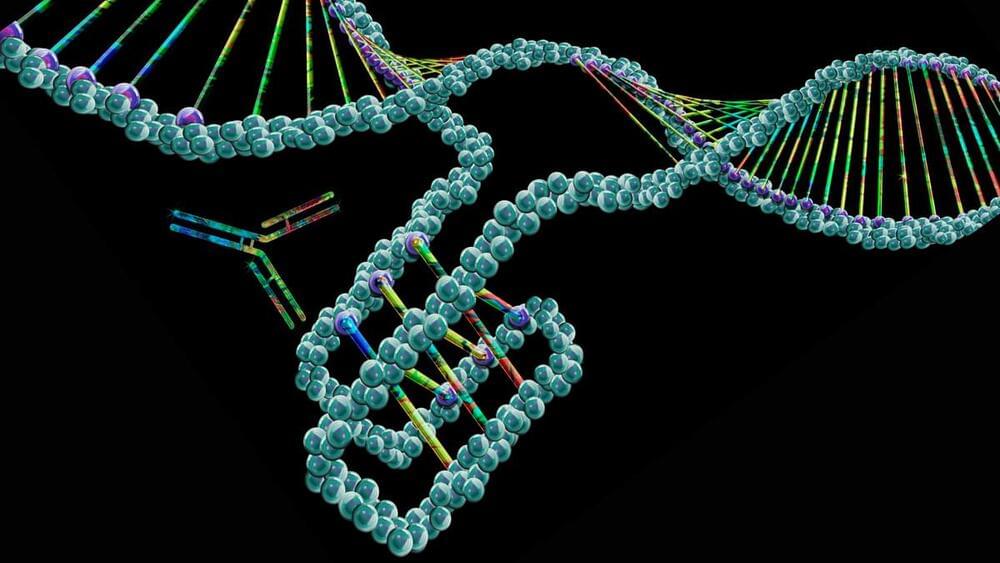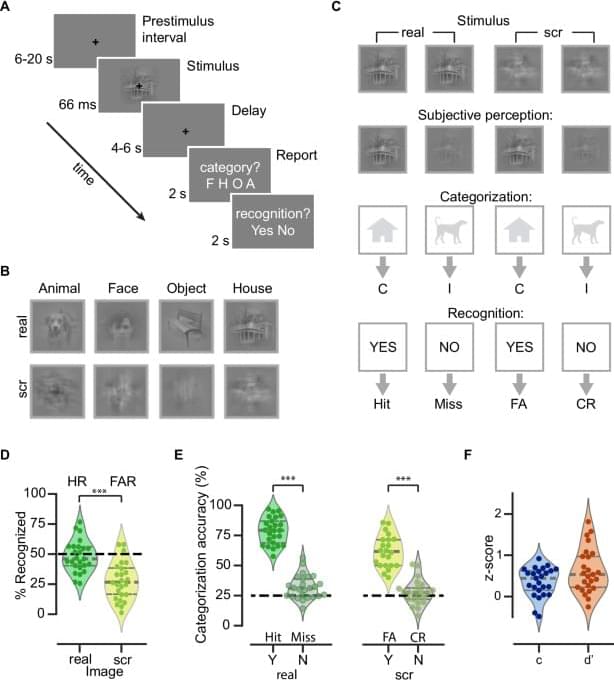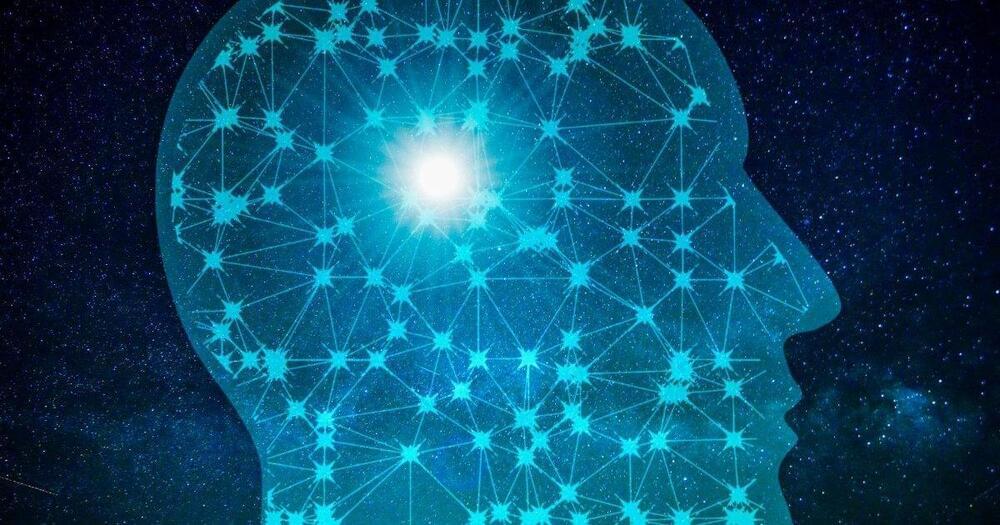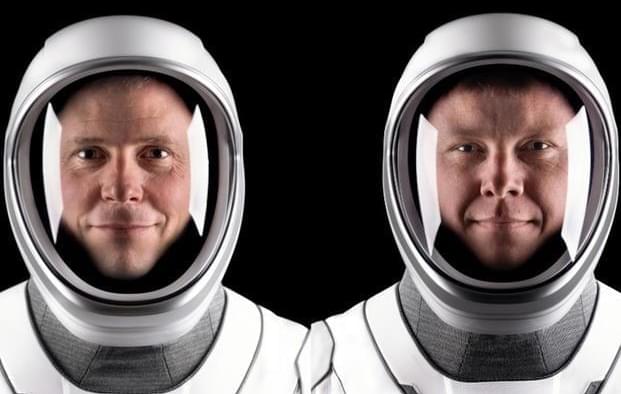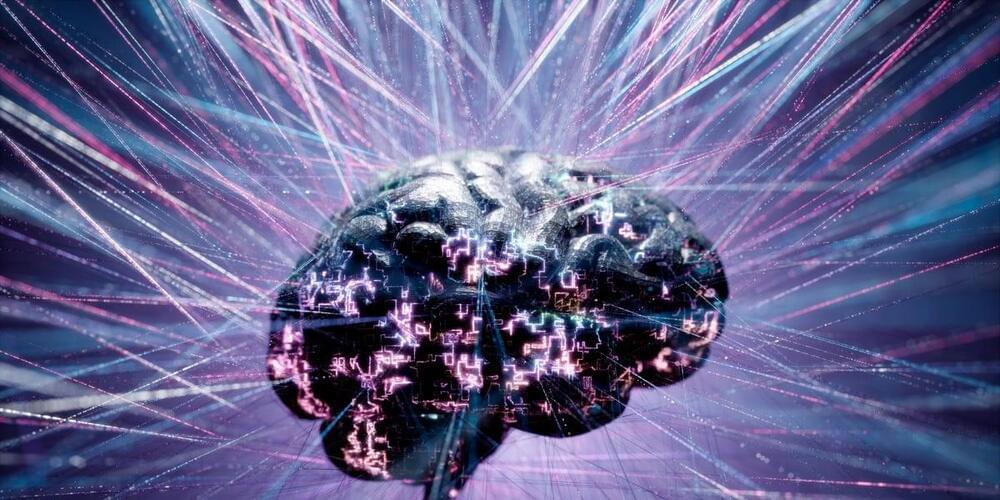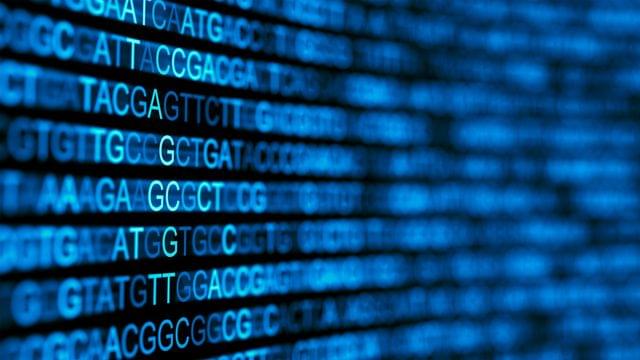SparkLabs — an early-stage venture capital firm that has made a name for itself for backing OpenAI as well as a host of other AI startups such as Vectara, Allganize, Kneron, Anthropic, xAI, Glade (YC S23) and Lucidya AI — is gearing up to double down on more startups in the space. The VC firm announced Tuesday that it has closed a new $50 million fund, AIM AI Fund, which will back AI startups out of its own AIM-X accelerator in Saudi Arabia as well as other AI startups across the globe.
SparkLabs’ new fund and its wider investment aims underscore the bigger trends that have swirled around artificial intelligence for the last few years. The explosion of interest in generative AI in particular has led to a surge of startups in the space, as well as a rush of investors looking for the next Open AI — or at the very least, a startup that a bigger company might snap up as it looks to sharpen its own AI edge.
It also points to how the AI opportunity continues to widen beyond Silicon Valley. AIM-X is an AI-focused startup accelerator that SparkLabs launched earlier this year in the kingdom as part of its AI Mission, a national initiative to bolster AI technology over the next five years.

